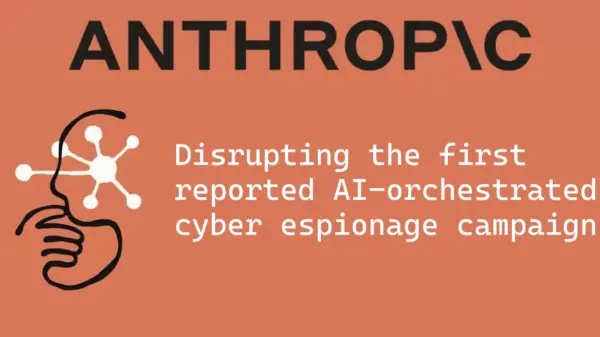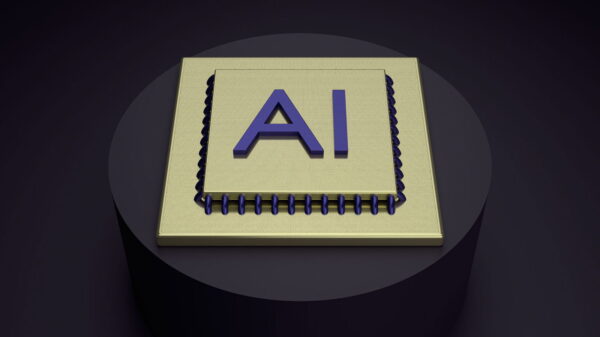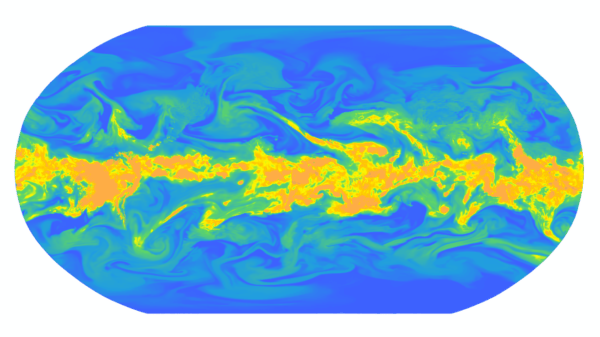OpenAI CEO Sam Altman recently announced a significant improvement in the functionality of ChatGPT. In a post on X, he highlighted that the AI now adheres to user instructions regarding the use of em dashes, a punctuation mark that has often been associated with AI-generated text due to its overuse.
Altman”s post, made shortly after the release of the new GPT-5.1 model, noted, “Small-but-happy win: If you tell ChatGPT not to use em-dashes in your custom instructions, it finally does what it”s supposed to do!” This announcement received a mixed reception from users who have struggled with the chatbot”s formatting capabilities in the past.
The frequent appearance of em dashes in AI-generated outputs has raised concerns among readers, who have become adept at identifying AI writing by its punctuation patterns. Despite this, some writers have expressed their fondness for the em dash, citing its ability to enhance clarity in writing. However, the overuse of this punctuation by AI has led to a perception that it detracts from written content.
Furthermore, the fact that OpenAI, a leading AI firm, has faced challenges in managing something as fundamental as punctuation, suggests that achieving true artificial general intelligence (AGI) may still be a distant goal. A user on X remarked, “The fact that it”s been 3 years since ChatGPT first launched, and you”ve only just now managed to make it obey this simple requirement, says a lot about how little control you have over it.”
See also AI Country Song Fails to Top Billboard Chart Amid Viral Buzz
AI Country Song Fails to Top Billboard Chart Amid Viral BuzzTo understand the implications of this development, it is essential to grasp how ChatGPT”s custom instructions operate. These instructions allow users to set preferences that persist across conversations, influencing the model”s responses. However, the reliability of this feature has been inconsistent, given the probabilistic nature of large language models (LLMs). Unlike traditional programming, where commands are executed precisely, LLMs operate based on statistical likelihoods, making instruction adherence a complex challenge.
While Altman”s announcement signals progress, it also raises questions about the broader capabilities of AI systems. If controlling punctuation is still a work in progress, the journey toward AGI, characterized by human-like understanding and learning, remains uncertain. Experts suggest that true AGI would require more than just statistical pattern matching; it necessitates a deeper comprehension and intentionality.
As OpenAI continues to refine its models, the ongoing struggle with elements like em dash usage underscores the complexities of developing reliable AI systems. The adjustments made in GPT-5.1 reflect a step forward, but the path to AGI appears to be a long and intricate one.





































































